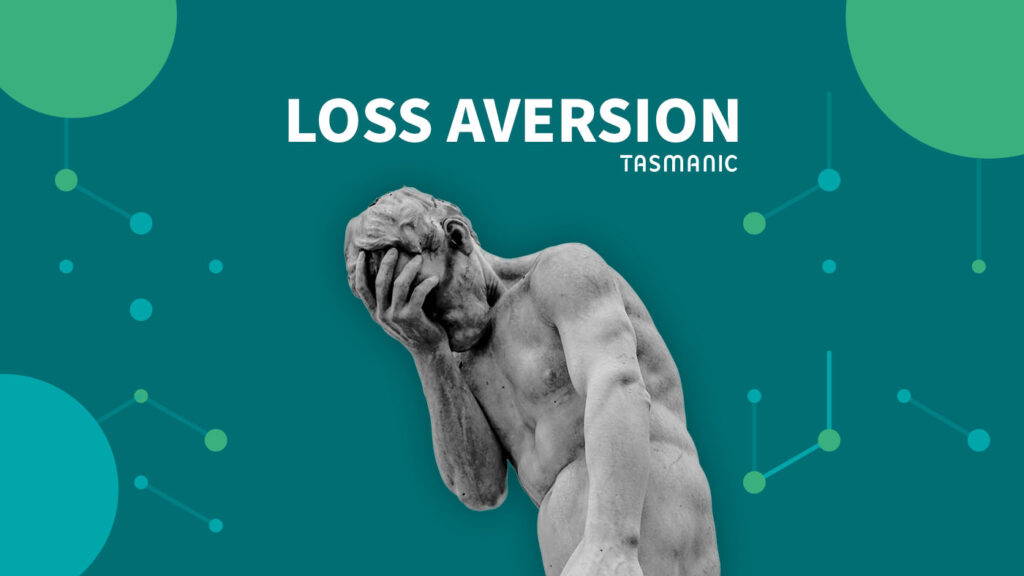
Last updated June 15, 2023
A landing page helps you convince visitors to take a certain action, such as purchasing a product or service. But how do you ensure that leads on your landing page actually convert? This article will help you succeed with landing pages.
What is a landing page?
As the name landing page suggests, this is a page on your website that your visitors land on. They landed on it through a Google Ads ad, the organic search results or an email, for example.
Often a landing page is the first page visitors to your Web site see. A landing page serves a specific purpose, in most cases generating leads.
What is the difference between a landing page and home page?
So a landing page is the page where visitors land after they land on your website through a link. The homepage is the first page of a website that is often used to navigate the visitor through the website. Although the homepage can also be the landing page, this is not necessarily the case. For example, if the customer comes in through a Google Ads campaign and the landing page url is set to a transactional page, the visitor will also land there.
Why a landing page?
The great advantage of a landing page is that it allows you to share very targeted information. This offers the following opportunities and possibilities:
- Specific promotional campaigns - On a landing page you can make special promotions, discounts or (seasonal) offers. In addition, the page can also serve as an announcement of an upcoming event or new product, for example.
- More likely to convert - The page is designed entirely for a specific purpose and encourages visitors to proceed to action, such as a registration, enrollment or purchase.
- Search Engine Optimization - A landing page that is well laid out, provided with unique content and optimized for search engines is expected to appear higher in organic search results.
Different landing pages
Depending on your goal, you deploy different types of landing pages. Roughly speaking, there are two different types of landing pages:
- Advertising landing pages
- SEO landing pages
The main difference between the two landing pages is the purpose. SEO pages are meant to rank, ad landing pages to convert.
Advertising landing page
These types of landing pages are created and linked to a specific ad campaign. For example, consider a Google Ads ad or an ad on social media.
Thanks to this landing page, you find out how effective a particular ad campaign has been. Often this landing page focuses on only one objective, in most cases achieving conversions. On average, ad landing pages realize a 65% higher conversion rate than if you linked the ad campaign to a regular page on your website.
Other benefits of a landing page specifically linked to your Google Ads campaign are:
- Lower cost per click
- Lower acquisition costs
- And higher quality score
SEO landing page
An SEO (Search Engine Optimization or search engine optimization) landing page is primarily aimed at ranking high for certain search terms in the organic search results.
These types of landing pages are often used to achieve online brand awareness and authority. In addition to the right search terms, an SEO landing page contains valuable content that helps answer people's questions.
How do you create a landing page that converts?
Before you get started creating your landing page, follow the steps below.
-
Who is your target audience?
First, consider for yourself who you want to reach with your landing page? What problems do you want to address on the landing page and what solutions do you offer? Try to be as specific as possible about this and create a profile of your ideal client.
-
What actions do you want visitors to take?
Next, it is important to get clear on what action visitors should take when they visit the landing page.
With relatively inexpensive products and/or services, you can immediately emphasize making a sale. Design the page so that people can easily proceed to purchase and do not have to search too much.
For more expensive products and/or services, it is advisable to build a relationship with a customer first. Keep the entry threshold as low as possible by, for example, only asking for an email address on your landing page.
-
What are your USPs?
Establish what the main USPs (Unique Selling Point) of your business are. Think carefully about how your company stands out from the competition. Also analyze the USPs of the competition.
Design of a landing page
When creating a landing page, pay attention to the following components:
- Clear title - Create a headline that grabs attention and focuses on providing a benefit or solution. While doing so, also display your company logo so people know they are on the right website.
- Contact details - Show visitors directly how to contact you.
- Introduction - Hold the visitor's attention by giving a brief introduction about what you can offer them.
- CTA - Next to the introduction, place a clear call-to-action. Make sure this CTA is as simple as possible. For example, clicking through, leaving data or making a purchase.
- Evidence - Display logos of companies that have purchased your product or service before.
- USPs - Give some reasons why people should choose you. Above all, keep this short and to the point. In doing so, show the distinctiveness of your company.
- Personalization - Make the page personal by telling something about yourself and your business.
- Process - Be clear what people should expect when they engage with you.
- Authority - Show logos of media you have been mentioned in or awards you have won or certificates you have achieved. You can also show logos of customers/clients here.
- Latest CTA - Make sure you end the landing page with another clear call-to-action.
Note! It is not mandatory to include all these components in your landing page. It depends in part on your target ideal customer. In the end, test what works best for your target audience.
Landing page tips
Now that you know what to look out for when creating your landing page, here are some more practical tips to increase your chances of success.
-
The first impression counts
People have a short attention span. Therefore, make sure you grab their attention immediately and answer one or more of the following questions in the title and/or introduction:
- Is this what I am looking for?
- Can I trust this website?
- Where can I find more information?
- How can I reach them?
-
Keep it simple
More is not always better. Therefore, first of all, make sure everything above the "fold" (also called the "fold," the top half of your page) is short and sweet.
In doing so, keep it as simple as possible and don't overload website visitors with a mountain of information. Remove all things that could possibly distract the website visitor and have nothing to do with your landing page.
Also make use of bullet points and enumerations in which you name benefits, for example.
-
Make it as easy as possible
On your landing page, make sure visitors find what they are looking for quickly and make sure it has a logical structure.
Don't make fill-in forms too long. Often you only need someone's first and last name plus an e-mail address. If possible, place these three fill-in fields next to each other to take up less space.
-
Clear call-to-action and substantiation
Make sure your landing page has little to no distractions and not too much text. Then also make it clear what the call-to-action is and remove doubt by substantiating exactly what you are asking of them. Consider call-to-actions such as:
- Make an appointment now
- Sign up for our newsletter
- Schedule a call
-
To measure is to know
Regularly test the results of your landing page. For example, set up several ad campaigns with different titles and descriptions to see what resonates best with your target audience.
In addition, heatmaps of your landing page can provide valuable insights. What path do visitors follow once they land on the page and then take the desired action(s)? For example, do visitors not scroll further down the page? If so, find out what might be causing this and whether it is having a negative effect on your conversion rate. Want to get started with heatmaps? Then take a look at Hotjar, Mouseflow or VWO.
Landing page examples
Let's give you a few of our own examples of what a landing page can look like.
Landing page example for a transaction page
First, we look at our SEO services page. The CTA is clear, we want the visitor to contact us and also clearly state why. In addition, we indicate the added value of our service with striking figures.

Landing page example for a blog post (SEO landing page)
Visitors may also find your website because they are looking for certain content that matches the information they are looking for. As an example, let's take a visitor who is looking for information about B2B and arrives at our B2B blog post via the search results. It is immediately clear to the visitor what the page is about and sees through the sidebar what topics are discussed.

Need help creating your landing page?
In conclusion, a successful landing page ensures that it holds the visitor's attention, manages to convince with strong content and contributes to achieving your goals.
Finally, make sure that you regularly test whether your landing page still meets your objectives and whether the landing page can possibly be further improved. In this way, you will get the most out of your landing pages.
Do you still prefer to outsource the creation of your landing page and are looking for a specialist who can help you with that? Contact us with no obligation.
Is your company missing opportunities?
Our pay is based on your results.



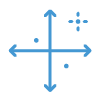


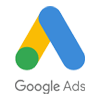






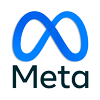

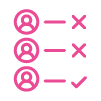
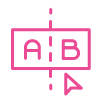
 Team
Team FAQ
FAQ Prices
Prices Vacancies
Vacancies Contact
Contact Marketing
Marketing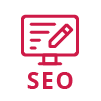 SEO
SEO SEA
SEA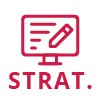 Strategy
Strategy Sales
Sales Optimization
Optimization AWR
AWR Ahrefs
Ahrefs Channable
Channable ContentKing
ContentKing Leadinfo
Leadinfo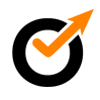 Optmyzr
Optmyzr Qooqie
Qooqie Hubspot
Hubspot Semrush
Semrush


